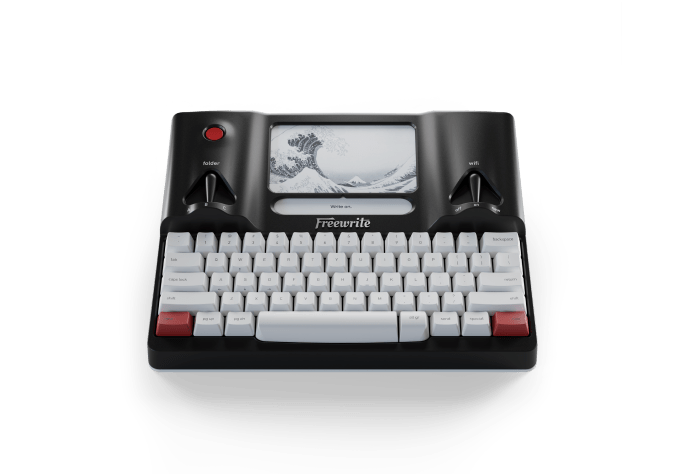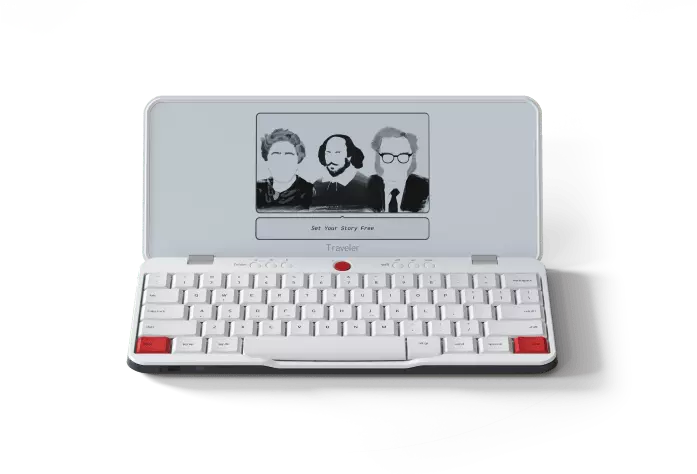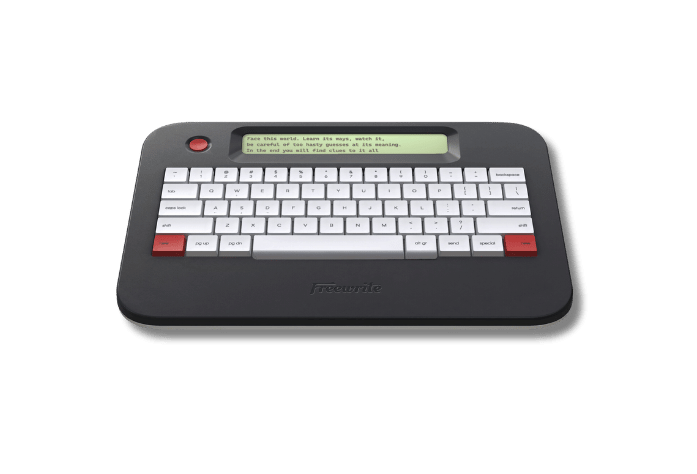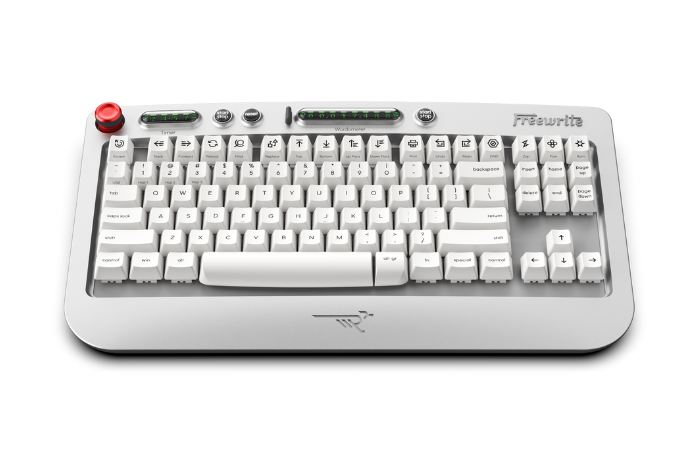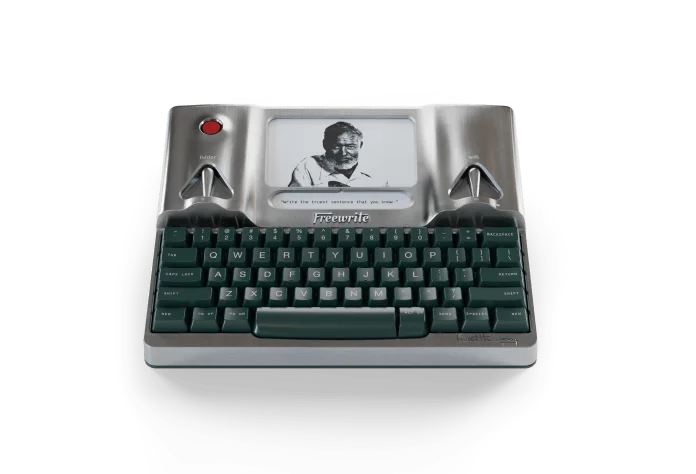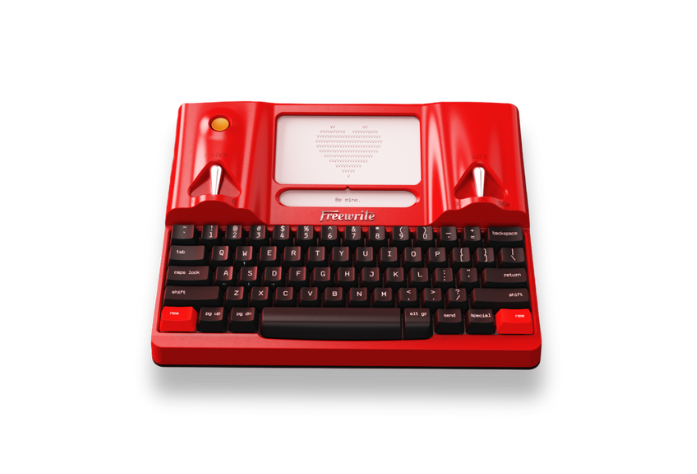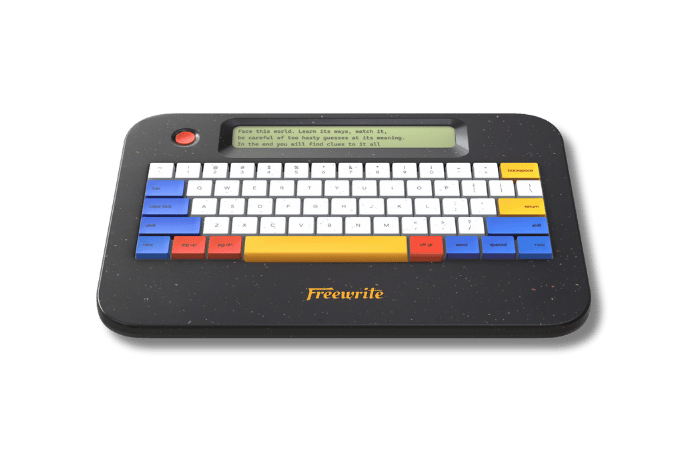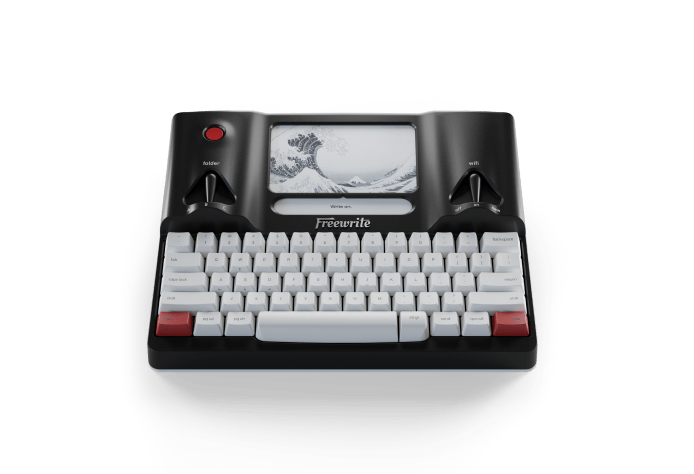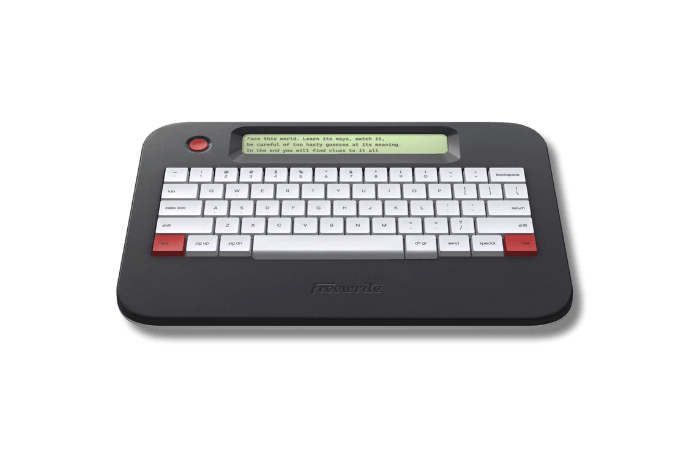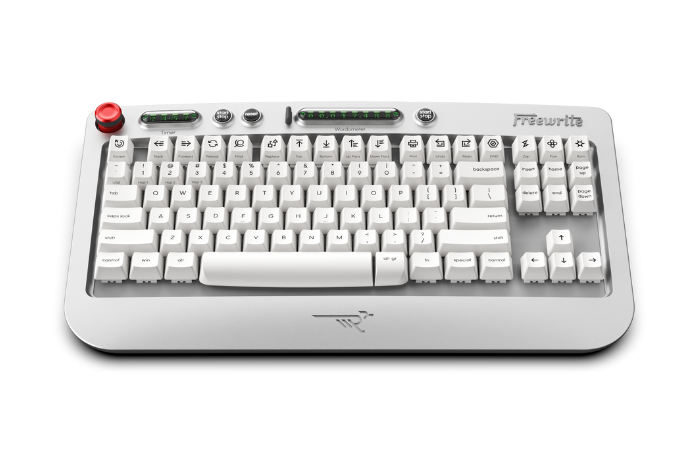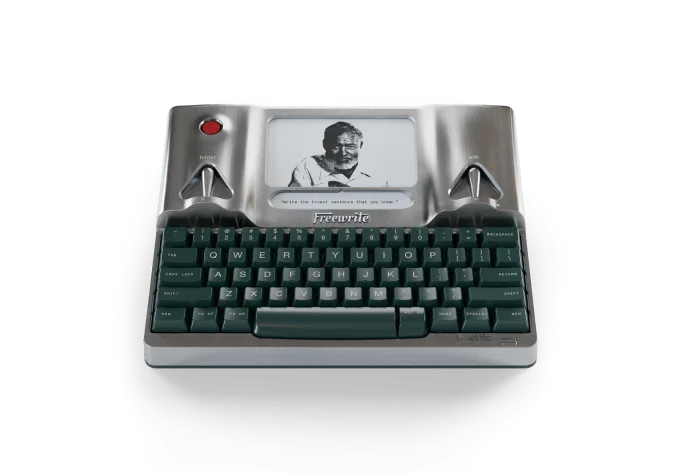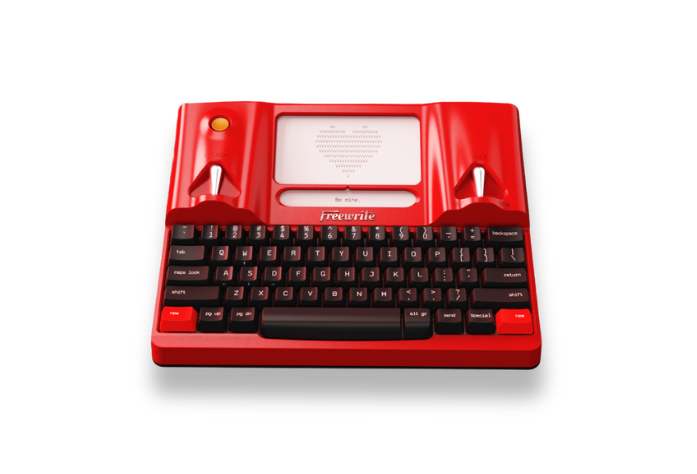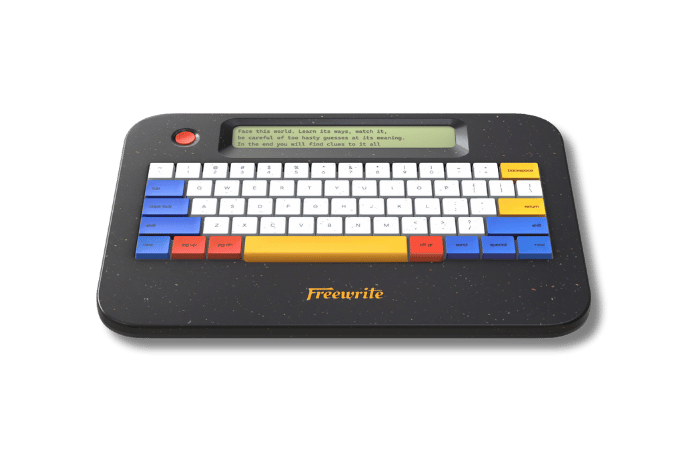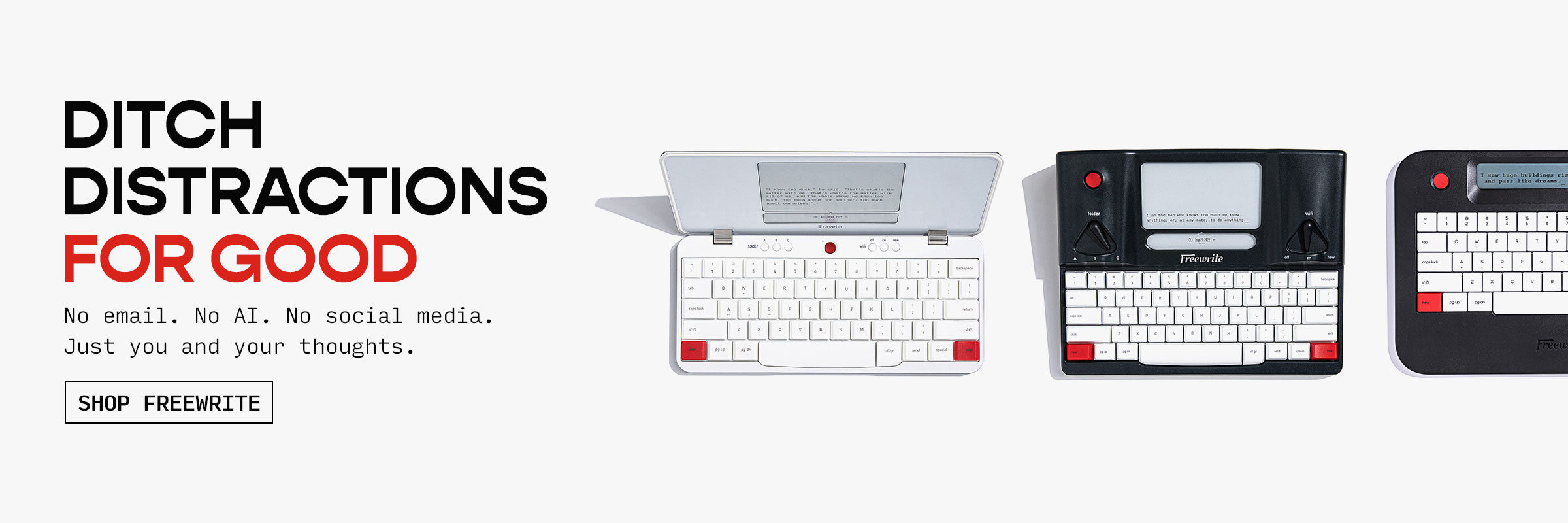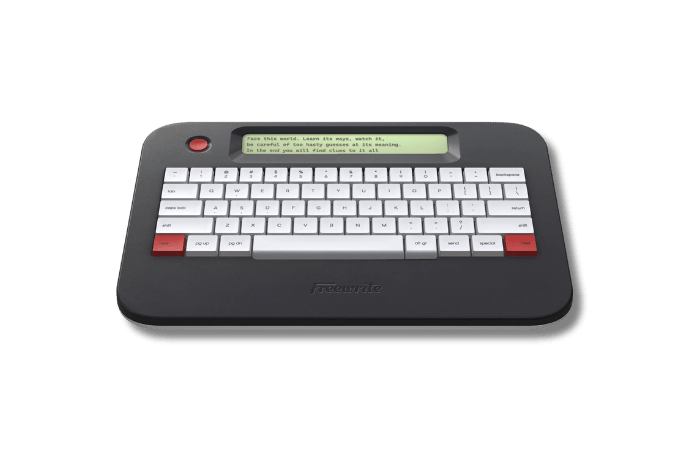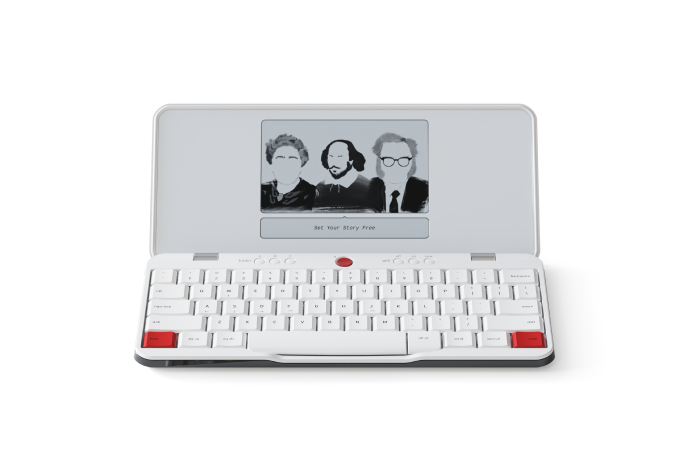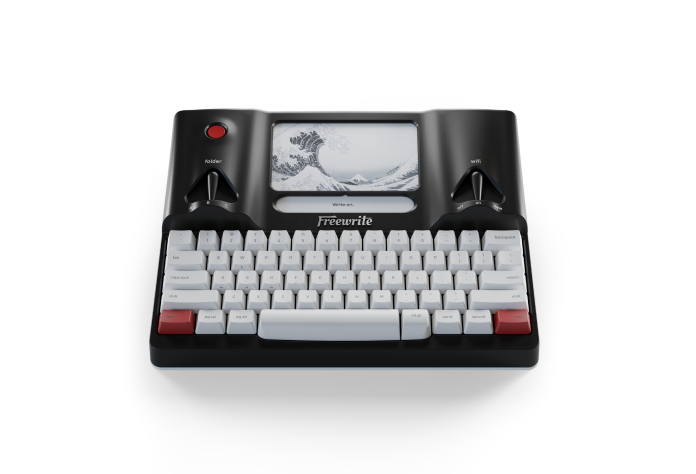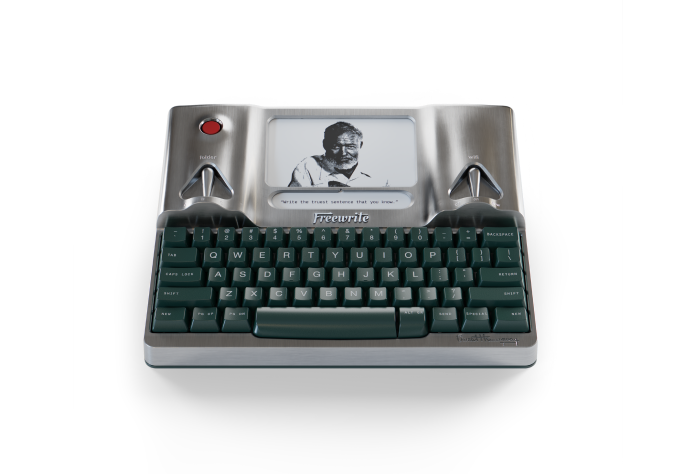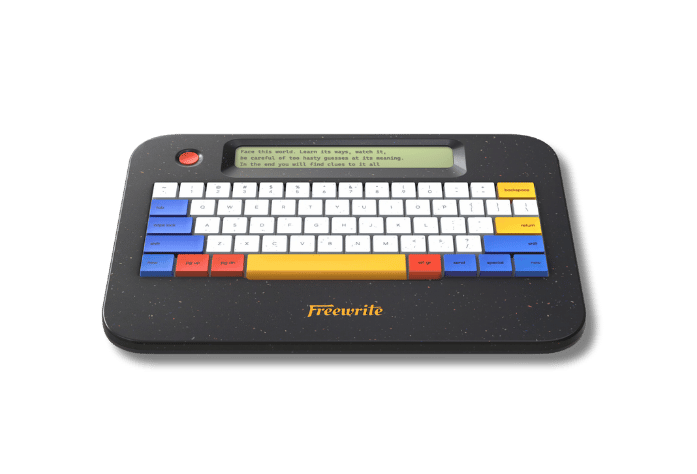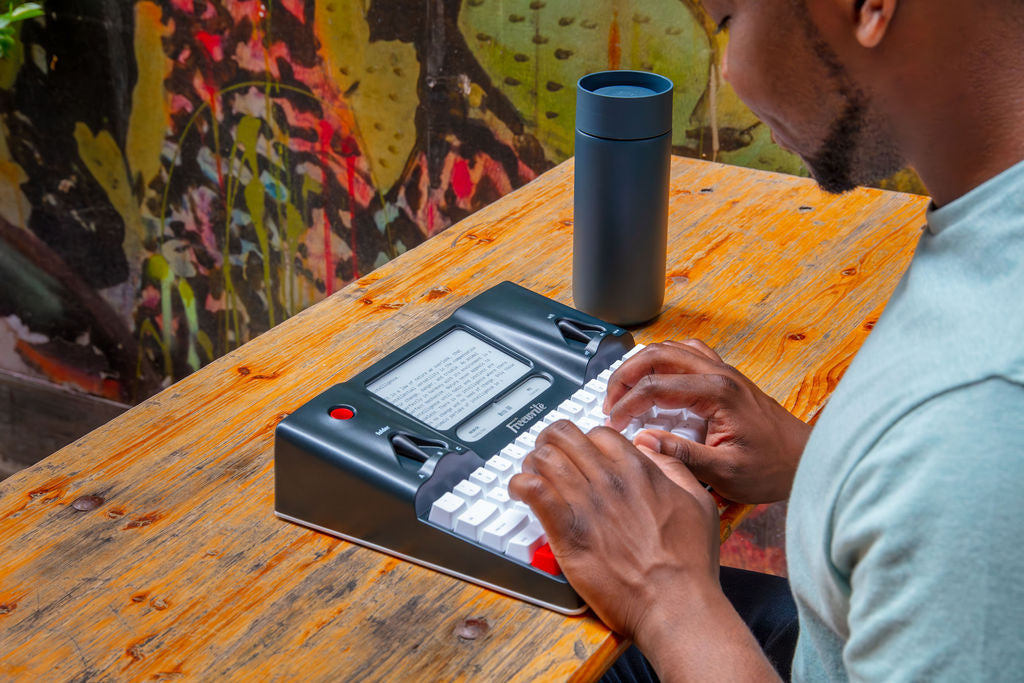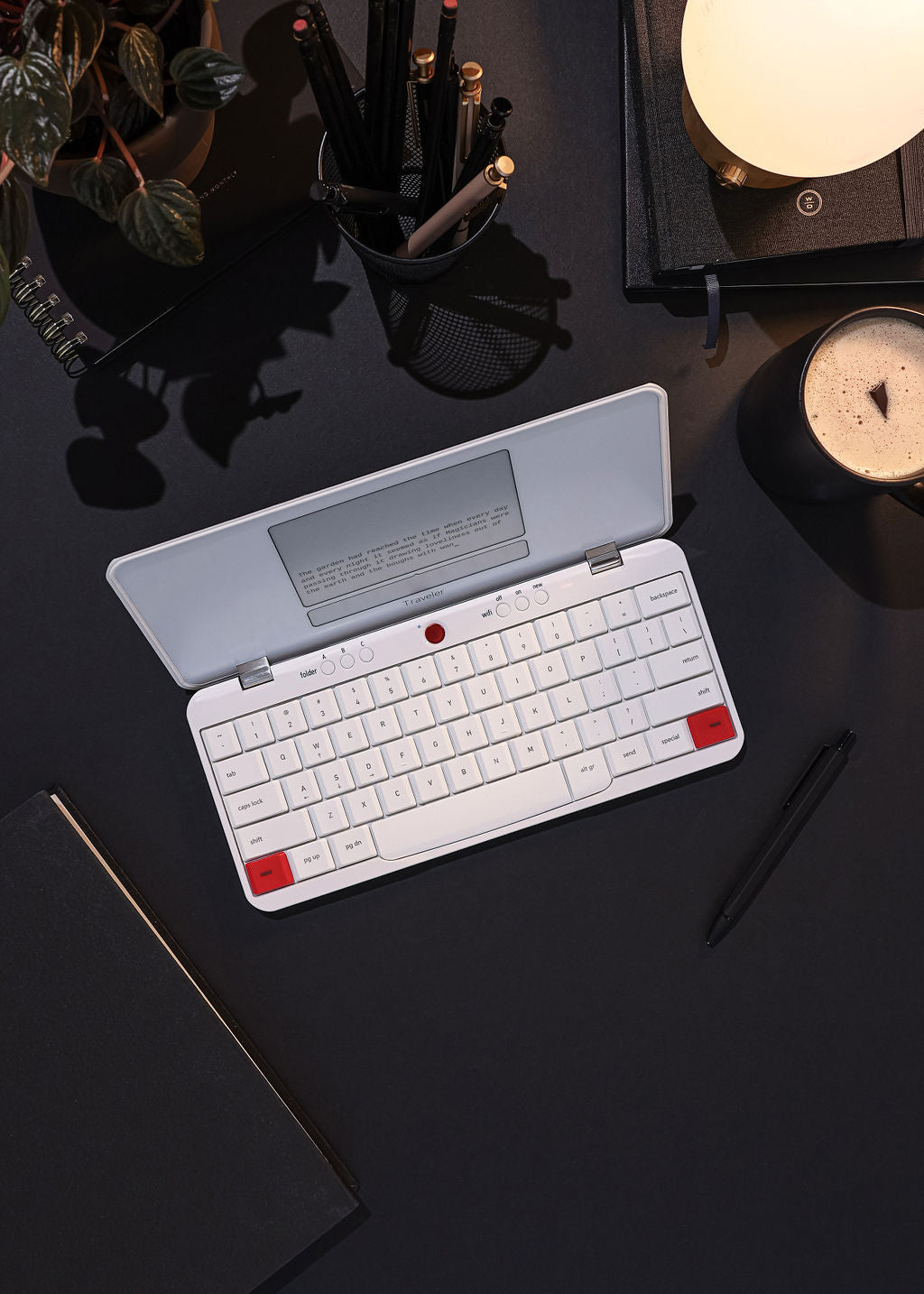Let’s be honest - most of us are glued to our phones. Whether it's checking messages, scrolling through social media, or just killing time, our screen time keeps creeping up. But just how bad is it? In this article, we’ll break down some eye-opening statistics about phone addiction, why it matters, and what it might be doing to our health and relationships.
When Does Phone Use Become a Problem?
Phone addiction is when someone feels a strong, sometimes uncontrollable urge to use their phone all the time - even when it’s not really necessary. It's similar to other types of behavioral addiction, like gambling or social media use, where the behavior feels rewarding in the short term but can lead to long-term problems.
Some common signs of phone addiction include:
-
Feeling anxious or irritable when you can’t check your phone
-
Constantly checking for new messages, likes, or notifications
-
Losing track of time while scrolling
-
Using your phone to avoid boredom or stress
-
Having trouble focusing without your phone nearby
-
Checking your phone while eating, in bed, or even while talking to someone
Now, just because someone uses their phone a lot doesn’t automatically mean they’re addicted. There's a difference between heavy use and addiction. If you’re aware of your screen time and can put your phone down without stress, you’re probably just a frequent user. But if it feels like your phone is in control ofyou, that’s when it becomes a problem.
Key Statistics on Phone Use
We all know we spend a lot of time on our phones, but the actual numbers might surprise you. These stats give us a clearer idea of how deep our phone habits go and why it’s becoming harder and harder to unplug.
Average Daily Screen Time
The average person spends between 3 to 5 hours a day on their phone. For many of us, it doesn’t even feel like that much, but when you look at your weekly screen time report, it adds up quickly. Teenagers and young adults often spend even more time - sometimes up to 7 or more hours a day. That’s nearly the equivalent of a full-time job. And while some of that time might go to useful tasks, a large chunk typically goes to entertainment, social media, and mindless scrolling.
This screen time often includes activities like texting, watching videos, browsing social media, and playing mobile games. Even seemingly short sessions throughout the day - a few minutes here and there - add up quickly. Many people aren’t even aware of how much time they’re spending until they see a screen time report pop up on their phone.
And it’s not just about the raw hours. It’s also aboutwhen andhow we use our phones. Short bursts of distraction spread out over the day can be just as harmful to focus and mental clarity as long, uninterrupted stretches.
Age Groups With the Highest Usage
While people of all ages use smartphones, the most intense use tends to happen in younger age groups who have grown up with digital devices.
-
Teens (13-18) are at the top of the chart, spending as much as 7 to 9 hours a day on their phones, especially during non-school hours. For many, phones are not just a tool - they’re a central part of social life and self-expression.
-
Young adults (18-29) follow closely, often using phones for work, dating, social media, streaming, and navigation. Many in this group admit to feeling uncomfortable without their phones nearby.
-
Adults aged 30-49 also report significant screen time, averaging 4 to 6 hours a day, often driven by work communication, news consumption, and parenting-related use.
-
Adults 50+ are rapidly increasing their screen time as well, especially since the pandemic, though on average they still spend slightly less time than younger generations.
Interestingly, even children as young as 3 or 4 are getting used to screen time early, often through tablets and phones used as pacifiers or babysitters. This early exposure is raising concerns about developmental effects and long-term attention issues..
Social Media Usage Breakdown
Social media is one of the biggest time drains on our phones. The average person spends about 2.5 hours per day scrolling, liking, sharing, or watching content. Some users, especially teens, spend far more than that.
Popular platforms include:
-
TikTok, with its fast-paced videos and personalized algorithm, is now one of the most used apps globally. Some users spend 90 minutes or more per session.
-
Instagram and Snapchat continue to dominate among younger users, especially for sharing personal content and keeping up with friends.
-
YouTube isn’t just for entertaining videos anymore - many people use it as a primary source of entertainment and even education, contributing to hours of daily viewing.
-
Facebook and Twitter/X still hold attention, though usage has slightly declined among younger audiences.
The addictive nature of these platforms lies in their design. They’re built to keep you engaged, with endless scroll features, notifications, and reward systems that mimic slot machines. This can create a sense of urgency or dependency that’s hard to break.
How Often We Check Our Phones
Beyond total screen time, another telling stat is howfrequently we check our phones.Studies show that the average person checks their phone around 205 times per day. For heavy users, it can be even more.
Some common reasons for these constant checks include:
-
Responding to or clearing notifications
-
Opening an app out of habit (often without a clear purpose)
-
Quickly looking at the time or weather
-
Refreshing social feeds for updates
-
Using the phone to escape boredom or awkward moments
Over time, this behavior becomes second nature. Many people report checking their phones without thinking, or even reaching for them in situations where they know it’s inappropriate -like in the middle of a conversation, during meals, or while driving. Some even experience “phantom vibrations” where they think their phone buzzed when it didn’t, which is a sign of just how wired into our routines these devices have become.
Stats That Show Just How Addicted We Really Are
If you’re still wondering whether phone addiction is a real issue, the numbers speak for themselves. Across the globe, more and more people are showing signs of problematic phone use - and the stats are growing each year.
A 2023 global survey found that more than 50 percent of smartphone users admitted they feel anxious when they don’t have their phone with them. This feeling, often referred to asnomophobia (the fear of being without your mobile device), is especially common among people under 30.
Here are some more numbers that put the problem into perspective:
-
48 percent of teens say they feel “addicted” to their phones.
-
67 percent of adults say they check their phone for notifications even when it hasn’t buzzed.
-
The average person spends about 5 hours and 16 minutes per day on their phone, with top users exceeding 6 to 7 hours daily.
-
Around 35 percent of people check their phone within five minutes of waking up.
-
1 in 3 smartphone users wake up at night to check their phone at least once.
-
In a study of college students, over 40 percent said their phone use interferes with sleep, studying, or relationships.
Even more telling, research shows that phone addiction activates the same reward centers in the brain as gambling and drug use. The constant feedback loop of notifications, likes, and new content gives us short bursts of dopamine - and our brains start craving those hits more and more.
These numbers aren’t meant to scare you, but to raise awareness. Recognizing how common and widespread phone addiction has become is the first step in figuring out how to create healthier boundaries with technology.
How Phone Addiction Affects Our Lives
It’s easy to think of phone addiction as just “spending too much time online,” but the effects go a lot deeper than that. Constant phone use can slowly start to impact your mental health, relationships, productivity, and even your physical well-being. It’s not just about howlong we’re on our phones - it’s about how that time is shaping the way we live.
Mental Health: Anxiety, Depression, and Overwhelm
Spending hours a day on your phone - especially on social media - can seriously affect how you feel. Many people report higher levels of anxiety, depression, and general emotional burnout when they’re glued to their screens all day.
One reason is the constant stream of content we’re exposed to. Bad news, arguments, unrealistic body images, and filtered lives can all start to weigh on you. It’s easy to feel like everyone else is doing better or living a more exciting life, which can lead to low self-worth and chronic stress.
Notifications also play a big role in mental overload. That little ding or buzz might not seem like a big deal, but it constantly pulls your attention and puts your brain in a state of high alert. Over time, this leads to what’s called “notification fatigue” - where even small alerts feel overwhelming.
For many people, phone addiction doesn’t just cause anxiety - it becomes a coping mechanism for dealing with it, creating a cycle that’s hard to break.
Relationships and Social Life
Phones help us stay connected, but too much screen time can actually make us feel more disconnected from the people around us.
You’ve probably seen it (or done it yourself): sitting at a table with friends or family, but everyone is staring at their phones instead of talking. When phone use takes over face-to-face moments, it can weaken communication, reduce empathy, and make people feel ignored - even if you're physically together.
In relationships, constant phone use can lead to arguments and feelings of neglect. Partners might feel like they’re competing with a screen for attention, especially if one person is always scrolling during shared time. And for kids and parents, it can create emotional distance, with studies showing that excessive screen time from either side can negatively affect the parent-child bond.
While phones give us access to more people than ever before, they can also make real-life interactions shallower or less satisfying.
Physical Effects: Eye Strain, Sleep Problems, and More
Phone addiction doesn’t just affect your mind - it can mess with your body too. Staring at screens for hours can lead to digital eye strain, with symptoms like dry eyes, blurred vision, and headaches. Holding your phone at awkward angles can also cause neck and shoulder pain (sometimes called “text neck”), especially if you’re slouching or craning over the screen for long periods.
Sleep is another big one. When you use your phone late at night, the blue light it gives off can throw off your internal clock. This makes it harder to fall asleep and get the deep rest your body needs. Even just scrolling before bed keeps your brain alert longer, especially if you’re watching fast-paced content or reading stressful news.
Some people also report experiencing phantom vibrations - feeling like their phone is buzzing when it isn’t - and general fatigue from being “always on.” These are small signs, but they show how deeply phone use is wired into our nervous systems.
Productivity and Focus
If you’ve ever picked up your phone “just for a second” and found yourself still scrolling 20 minutes later, you’re not alone. Smartphones are major focus-breakers. They’re designed to keep us engaged, and that constant temptation makes it hard to stay on task.
Every time we check a notification, open an app, or switch between tasks, our brain has to readjust. These constant interruptions make it harder to stay in a productive flow - and it can take several minutes to regain full focus after even a quick distraction.
People who are constantly checking their phones often feel like they’re busy all day but getting less done. That’s because they’re switching between tasks so frequently that nothing gets their full attention. Over time, this kind of mental multitasking leads to increased stress, lower work quality, and a shorter attention span overall.
A Simpler Way to Focus: Distraction-Free Writing Devices
In a world full of alerts, apps, and endless tabs, it’s no wonder our minds are constantly scattered. That’s exactly why some people are turning to tools that help them step away from distractions and focus deeply - especially when it comes to creative work like writing.
That’s whereFreewritecomes in, a minimalist writing device designed to eliminate the noise of modern tech. It looks a bit like a typewriter but functions more like a digital notepad. No social media, no email, no browser - just you and your words. Behind ourphilosophy, is the idea to create a space where writers can think clearly and work intentionally, without the constant pull of their phones or laptops.
Using a device like this can actually support breaking free from phone addiction. By creating clear boundaries between focused work and online life, it becomes easier to retrain your brain to stay present and productive. Whether you're a professional writer, a student, or someone who just wants to reclaim their attention span, this kind of tech-free tool offers a refreshing change.
Up next, we’ll take a look at these distraction-free writing devices, and how each one can help you take back control of your focus.

1. Smart Typewriter
If you're serious about writing and want to shut out distractions completely, theSmart Typewriter might be exactly what you need. This device is built for one thing only: helping you write without interruptions. Whether you're working on a novel, journaling, or just trying to stay focused, the Smart Typewriter creates a space where it's just you and your words - no apps, no tabs, no notifications pulling your attention away.
It features a crisp E Ink screen with frontlight so you can write day or night without eye strain, a full-size mechanical keyboard that feels great under your fingers, and a durable aluminum body that’s made to last. It automatically backs up your drafts to the cloud and works seamlessly with services like Dropbox and Google Drive. This is a tool built purely for writing joy, helping you find your flow and stay in it longer.
Key Features:
-
E Ink screen with built-in frontlight for a comfortable, eye-friendly writing experience in any lighting
-
Full-size mechanical keyboard with Kailh Box Brown switches and thick PBT keycaps for a satisfying, accurate typing feel
-
Automatic cloud syncing to Postbox, Google Drive, Dropbox, and other services, plus offline USB transfer when needed
Why It’s Useful:
-
Helps eliminate digital distractions like social media, email, and internet browsing so you can focus deeply on writing
-
Encourages better writing habits by separating the drafting and editing process
-
Built to support long sessions and creative momentum, whether you're working from home or writing outside in natural light

2. Alpha
Looking for a writing tool that goes wherever you do - without dragging distractions along for the ride? TheAlpha is a lightweight and portable option, built for writers on the move who want to stay focused, no matter where they are. It’s slim, durable, and easy to carry, whether you’re commuting, writing in bed, or taking your creativity on a weekend trip.
The Alpha helps you tune out the noise by stripping away anything that might interrupt your thoughts. There’s no spellcheck, copy-paste, or notifications. Just your words and a screen with a soft, warm backlight that lets you write day or night. It’s a simple idea, but it works - you stay in your flow, and the words come easier.
Key Features:
-
Lightweight and ultra-portable at just 1.6 lbs, perfect for writing anywhere
-
Warm backlight with 5 brightness levels for comfortable nighttime or low-light writing
-
Long battery life with up to 100 hours of runtime on a single charge
Why It’s Useful:
-
Helps you stay focused by removing digital distractions like email and social media
-
Ideal for writers who want to boost creativity and productivity on the go
-
Syncs automatically to the cloud or works offline, so your drafts are always safe

3. Traveler
If you’re the kind of writer who’s always on the move, theTraveler might just be your ideal sidekick. It's compact, lightweight, and built for mobility, yet powerful enough to help you crush your writing goals. At just 1.6 lbs and half the size of a laptop, it’s made for travel bags, airplane trays, coffee shop tables, or wherever inspiration strikes.
Traveler uses a glare-free E Ink screen that’s easy on the eyes and readable even in bright sun. It’s paired with a smooth scissor-switch keyboard that feels great to type on and keeps you in your writing flow. And like all Freewrite devices, it cuts the distractions out completely. No notifications, no apps, no internet rabbit holes. Just writing.
Key Features:
-
Featherlight design (1.6 lbs) and compact footprint makes it perfect for writing anywhere
-
E Ink screen with an adjustable viewing angle for glare-free, sunlight-readable drafting
-
Full-size scissor-switch keyboard with excellent tactile response and over 2mm of key travel
Why It’s Useful:
-
Built for portability, making it ideal for travel, commutes, or writers who don’t want to lug around a laptop
-
Supports distraction-free writing sessions by removing editing tools and online temptations
-
Automatically syncs to the cloud and backs up locally, so your work is always safe - even offline

4. Alpha Cosmic Edition
If you’re someone who writes best under the stars or just loves a touch of personality in your gear, theAlpha Cosmic Edition is your perfect creative launchpad. With a speckled black finish that looks like a view through a spaceship window and a soft, warm backlight built in, this special edition Alpha is made for dreamers, night owls, and anyone who wants to write without distractions.
It’s lightweight, just 1.6 lbs, and comes with a custom felt sleeve that adds style and protection for your travels. The device strips away all the usual digital clutter - no spellcheck, no browser, no apps - so you can fully focus on getting words down. Whether you're journaling on a balcony, writing in bed, or typing from a cabin in the woods, Cosmic is always ready to go.
Key Features:
-
Custom terrazzo-speckled black hull with a warm, adjustable backlight for any lighting condition
-
Comes with an exclusive felt sleeve with leather trim and colorful stitching
-
100-hour battery life and support for cloud syncing (Postbox, Google Drive, Dropbox, and more)
Why It’s Useful:
-
Encourages deeper focus and flow by eliminating editing tools, notifications, and digital distractions
-
Lightweight and portable, making it ideal for writing sessions anywhere inspiration strikes
-
Automatically backs up your work to the cloud, keeping your drafts safe no matter where you are

5. Valentine Smart Typewriter
Bold, beautiful, and built to break free from modern distractions, theValentine Smart Typewriter is more than a writing tool - it's a creative statement. Inspired by the iconic 1969 Italian design, this limited edition device blends classic style with modern writing technology to give writers a fresh way to reclaim their focus.
Valentine shares the same trusted internals and distraction-free setup as the original Smart Typewriter but wraps it in a stunning aluminum body that turns heads and sparks creativity. It comes bundled with a custom water-resistant carrying case and a stylish branded strap, making it ready for writing anywhere, from a city café to a beach retreat.
Key Features:
-
Signature mechanical keyboard with Kailh Box Brown switches housed in an aluminum frame
-
Crisp, eye-friendly E Ink screen for reduced strain and better visibility in all lighting
-
Includes premium carrying case and branded strap for protection and portability
Why It’s Useful:
-
Combines distraction-free drafting with iconic design to turn your writing time into a creative ritual
-
Automatically backs up drafts to the cloud via Postbox or offline via USB, so your work is always secure
-
A perfect match for writers who want form and function, blending style with serious writing power

6. Hemingwrite Signature Edition
If you want a writing tool that feels like it belongs on a desk next to a fountain pen and a glass of bourbon, theHemingwrite is exactly that. This special edition Smart Typewriter pays tribute to Ernest Hemingway, combining vintage inspiration with modern writing tech in one unforgettable device. Every detail, from the hand-polished raw aluminum body to the green keycaps and laser-engraved signature, makes this a serious showpiece - but one that’s built to write, not just sit pretty.
It’s distraction-free, cloud-connected, and packed with all the features of the Smart Typewriter. And it ships with a stunning attaché-style hard case, crafted from cognac genuine leather with velvet lining, so you can take it on the road in true writerly fashion. This isn’t just a tool - it’s a daily reminder to write boldly and often, just like its namesake.
Key Features:
-
Hand-polished aluminum body with individually finished green keycaps and Ernest Hemingway’s signature engraved
-
Includes a luxury leather attaché case with velvet lining and storage pocket for on-the-go protection
-
Smart Typewriter features: mechanical keyboard, E Ink display, automatic cloud syncing, and long battery life
Why It’s Useful:
-
Designed for writers who want an inspiring, minimal, and functional space to write distraction-free
-
Elevates your writing environment with a tool that feels meaningful and creatively motivating
-
Ideal for both collectors and daily writers who want to connect with their work in a more intentional way
Final Thoughts
So, what have we learned? Phone addiction is more common than most of us think. The stats are clear - we’re checking our phones constantly, spending hours each day on screens, and often letting those habits affect our sleep, focus, relationships, and even our mental health. But the good news is this: once you’re aware of it, you can start to take control back.
The goal isn’t to ditch your phone completely. It’s about finding balance. Creating small boundaries - like using distraction-free tools when you want to focus, setting screen time limits, or making certain hours phone-free - can make a huge difference in how you feel and how productive you are.
In the end, it’s not about cutting out technology. It’s about using it in a way that supports the life you want to live - not one that runs on autopilot.
Frequently Asked Questions (FAQ)
What exactly is phone addiction?
Phone addiction is when you feel a constant urge to check your phone, even when there’s no real reason to. It can lead to restlessness, anxiety, or difficulty focusing without your device nearby. It’s more about the behavior and dependence than just screen time alone.
How do I know if I’m addicted to my phone?
Some signs include checking your phone first thing in the morning and right before bed, feeling anxious when you’re without it, getting distracted easily during conversations, or using it as an escape from boredom or stress. If your phone use starts interfering with your sleep, focus, or relationships, it might be worth taking a closer look.
Are phones always bad for mental health?
Not at all. Phones are powerful tools that help us connect, learn, and stay organized. The problem is when we overuse them or rely on them for constant stimulation. It's all about balance and being mindful of how much you're using your phone - and why.
What are some ways I can reduce phone addiction?
Try turning off non-essential notifications, setting screen time limits, creating phone-free zones (like during meals or before bed), or even scheduling regular breaks from social media. Some people also use physical tools like distraction-free writing devices to stay focused on creative work without temptation.
Do I need to give up my phone completely to be more focused?
Nope. It’s not about quitting your phone altogether. It's about being more conscious of how and when you use it. Creating boundaries and using tools that support focus can help you use your phone more intentionally, rather than letting it control your attention all day.

